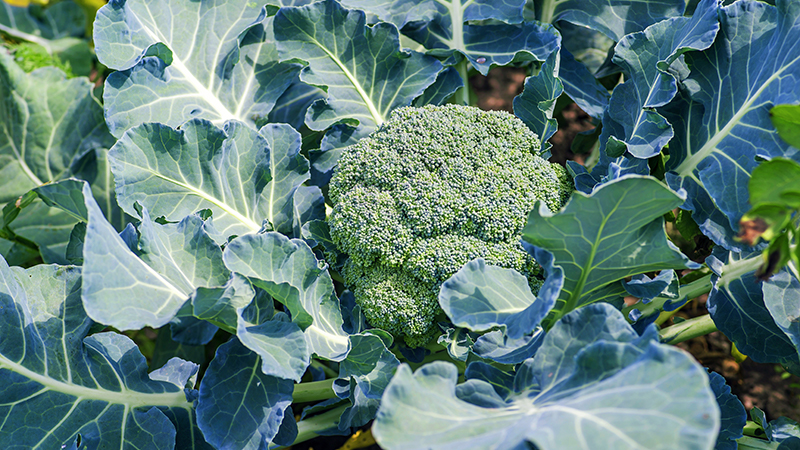High Prices and Low Calcium at Center of Crop Nutrition Issues for Fruit Growers
Among various crop nutrition issues, two stood out in 2022, according to the latest American Fruit Grower’s State of the Industry survey results. Growers of all types repeatedly cite the high cost of fertilizer. Meanwhile, apple growers speak loudly on the topic of bitter pit and calcium content.
How did each of those groups handle these situations?
High Fertilizer Prices
“You have to have fertilizer to grow,” a Florida berry grower says.
That belief was put to the test in 2022. Growers across the country reduced fertilizer usage and/or quality. In Michigan, a stone fruit grower cut fertilizer amounts and skipped blocks. In California, a grape grower used cheaper fertilizer.
“Coming off a very small crop in 2021, we cut back a bit on fertilizer when there wasn’t much crop removal from the previous year,” a Michigan pome fruit grower says.
Other farmers had fewer options. “As a small grower I couldn’t afford to buy fertilizer last year,” a New York berry grower says.
A nut grower from California puts a different spin on the issue. “We reduced high fertilizer-demand crops,” he says.
Others resisted reductions of any sort. “The competition used less, we used more,” a Florida citrus grower says. “We paid the price,” a Massachusetts berry grower says. “We went ahead anyway,” a California stone fruit grower says. Put yet another way, “We had to bite the bullet,” a Maine stone fruit grower says.
A berry grower in Washington and nut grower in California turned to organic compost. “We use all-natural fertilizer, primarily horse manure,” a Florida citrus grower says.
Bitter Pit
In apple orchards across the country, especially those boasting ‘Honeycrisp’, the rally cry was “more calcium.” Some succeeded; others didn’t.
“We sprayed liquid calcium during the growing season and ground-applied pelletized in the fall,” an Ohio grower says.
When asked how he handled the disease, a grower from Wisconsin says, “We didn’t.”
“We prayed a lot and cooperated with several researchers in conducting research,” a New York grower says.
Adds another New York grower, “As always, we tossed a lot of fruit on the ground at harvest.”
For an apple grower in Washington, the primary crop nutrition problem has little to do with rising costs or diminished calcium content.
“Finding talented advisors to serve regular growers is by far the biggest crop nutrition and crop protection issue,” he says. “The experienced, educated experts are all being hired by the large corporate players. The crop protection companies are training new people each year, and they just don’t have the expertise to do the job. Further, they have no experienced folks on staff to train the new people.”










